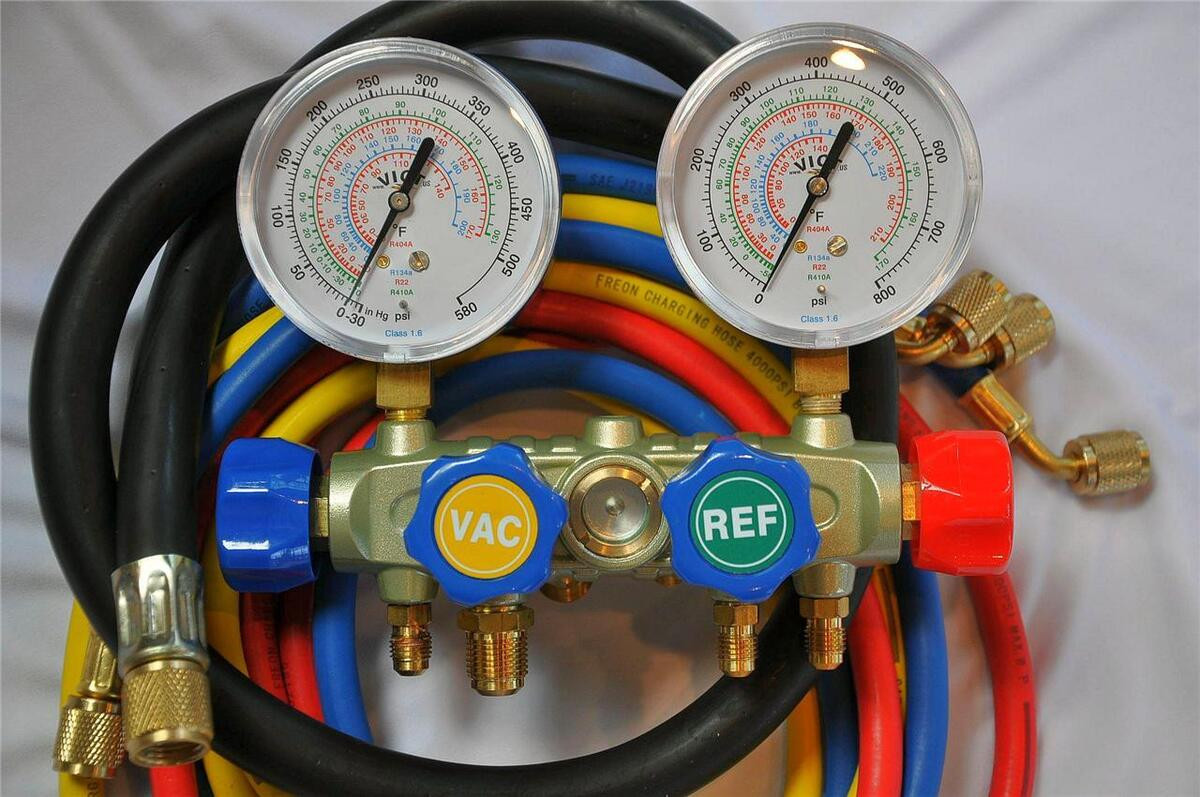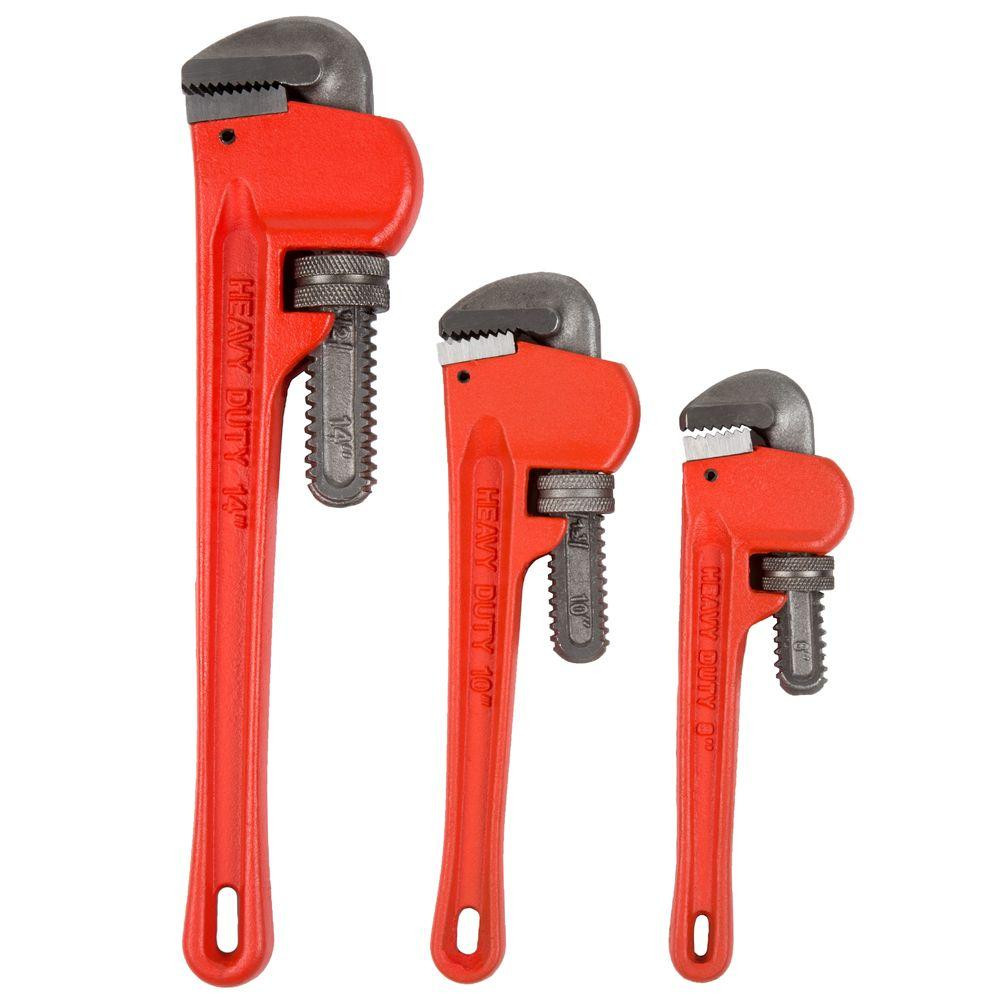As an HVAC technician, your tools are your best friends. They help you get the job done right, whether you’re fixing a broken AC unit, installing a new furnace, or checking why a system isn’t working. Without the right tools, even simple tasks can turn into big headaches. To make your life easier, here’s a list of the must-have tools every HVAC technician should keep in their toolbox.
1. Multimeter

A multimeter is a lifesaver when it comes to electrical work. It measures voltage, current, and resistance. This helps you figure out if a capacitor is bad, if there’s a wiring issue, or if a component isn’t getting power. Go for a digital multimeter with auto-ranging—it’s easier to use and more accurate.
2. Manifold Gauge Set

This tool is all about pressure. It lets you check the pressure levels in refrigeration systems, which is key for diagnosing problems with air conditioners and heat pumps. A good set will have low-pressure and high-pressure gauges, along with hoses that connect easily.
3. Refrigerant Scale

Adding the right amount of refrigerant is crucial. Too much or too little can mess up the system. A refrigerant scale helps you measure exactly how much refrigerant you’re adding. Look for one with a clear display and a tare function to make your job easier.
4. Leak Detector

Refrigerant leaks are bad news. They waste money and harm the environment. A leak detector helps you find these leaks quickly. Electronic detectors are popular, but ultrasonic ones are great for pinpointing hard-to-find leaks.
5. Thermometer or Temperature Probe

Temperature readings tell you a lot about how well a system is working. A digital thermometer or probe can measure air temperatures, refrigerant line temperatures, and more. This helps you spot issues like poor airflow or overheating components.
6. Pipe Wrenches

Pipe wrenches are tough tools for tough jobs. They’re perfect for tightening or loosening pipes and fittings. Keep at least two sizes—like a 14-inch and an 18-inch—so you’re ready for any task.
7. Tube Cutters and Flaring Tools

When working with copper tubing, you need clean cuts and tight connections. Tube cutters make precise cuts, and flaring tools help you create leak-free joints. These are must-haves for any refrigerant line work.
8. Screwdrivers and Nut Drivers

Screws and nuts are everywhere in HVAC systems. A good set of screwdrivers and nut drivers lets you open panels, tighten connections, and adjust components. Make sure you have both flathead and Phillips head screwdrivers.
9. Wire Strippers and Crimpers

Electrical work is a big part of HVAC repairs. Wire strippers help you remove insulation from wires, and crimpers let you attach connectors securely. These tools keep your electrical connections safe and reliable.
10. Inspection Camera

Sometimes, you need to see what’s going on in tight spaces. An inspection camera lets you peek inside ductwork, behind walls, or inside units without tearing anything apart. It’s a real time-saver.
11. Vacuum Pump

Before charging a system with refrigerant, you need to remove air and moisture. A vacuum pump does this job, ensuring the system runs smoothly and stays clean.
12. Clamp Meter

A clamp meter measures electrical current without cutting wires. It’s great for checking if motors and compressors are drawing the right amount of power. This helps you spot electrical problems fast.
13. Duct Tape and Foil Tape

Duct tape is the classic quick fix, but foil tape is better for high-temperature jobs. Both are handy for sealing ducts or making temporary repairs.
14. Flashlight or Headlamp

HVAC work often takes you into dark, cramped spaces. A bright flashlight or headlamp keeps your hands free and helps you see what you’re doing.
15. Safety Gear

Safety comes first. Always wear gloves, safety glasses, and a respirator when needed. Ear protection is also a good idea if you’re working with loud equipment.
16. Appliance Thermometer

This simple tool measures the temperature of air coming from vents. It’s an easy way to check if the system is working properly.
17. Coil Fin Straightener

Bent fins on evaporator or condenser coils can reduce efficiency. A fin straightener (or fin comb) helps you fix them quickly.
18. Recovery Machine

When you need to remove refrigerant from a system, a recovery machine does the job safely. It’s also required by law to prevent refrigerant from leaking into the environment.
19. Power Drill and Impact Driver

These tools save time and effort. Use them for drilling holes, driving screws, or tightening bolts. They’re especially helpful during installations.
20. Tool Bag or Toolbox

Last but not least, you need a place to keep all your tools. A sturdy tool bag or toolbox with plenty of compartments keeps everything organized and easy to find.
Takeaway
Having the right tools makes all the difference in HVAC work. They help you work faster, smarter, and safer. While this list covers the essentials, it’s important to note that many of these tools—especially specialized or higher-cost items like recovery machines, vacuum pumps, or manifold gauges—are typically provided by your employer as part of your role.
As an aspiring HVAC technician, you don’t need to invest in all these tools immediately, as employers understand the importance of equipping their team with the right resources. However, these are tools you’ll encounter daily and become intimately familiar with as you tackle jobs in the field.
Focus on honing your skills, prioritizing safety, and learning to work confidently with these instruments. Over time, you may choose to build your own collection, but rest assured: the tools you need to succeed will be at your side when you’re out on the job.


